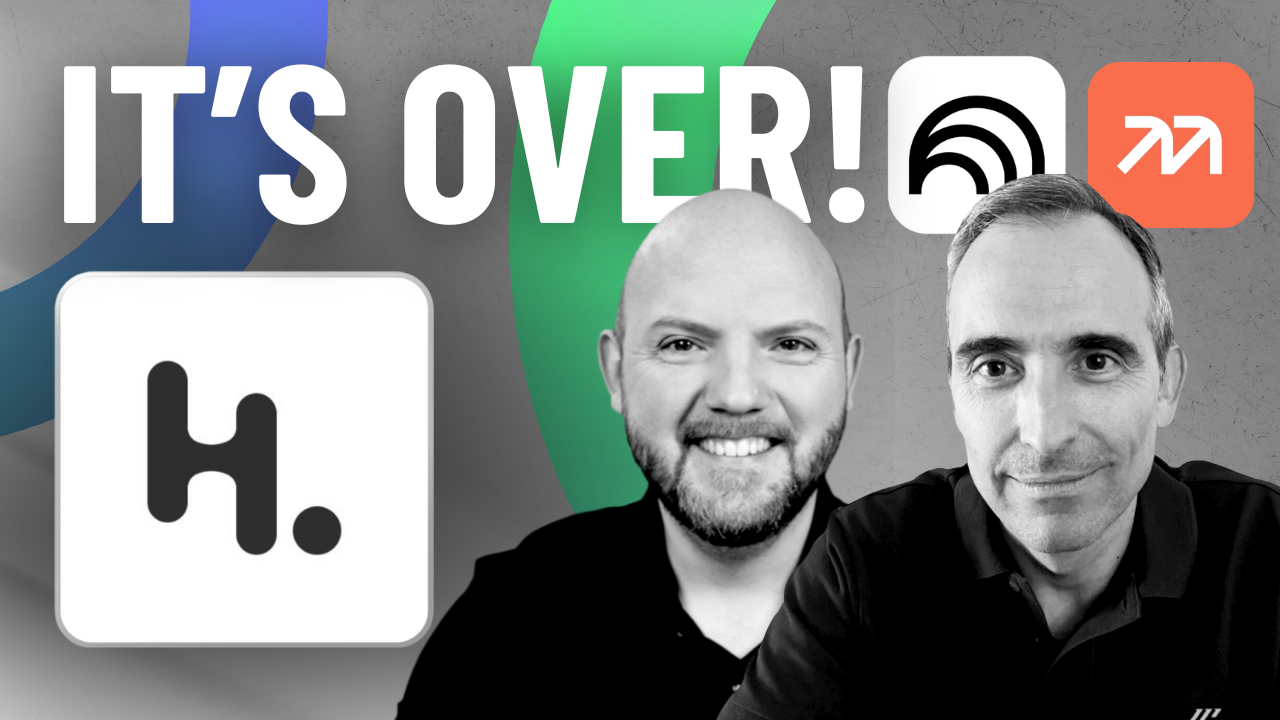In this Productivity like a Pro Podcast Episode by the Paperless Movement®, Tom Solid and Paco Cantero revisit a surprising resurrection in the world of Personal Knowledge Management: the relaunch of Mem as Mem 2.0. What was once declared dead—due to poor decisions, removed features, and lack of structure—has now returned with a fresh identity, polished user experience, and potentially renewed purpose. But is it enough to earn back the trust of busy professionals?
A Tool That Brought Two Productivity Experts Together
Tom and Paco reflect on how Mem initially sparked their partnership. Back in 2022, both were drawn to Mem’s early vision of combining AI with intuitive, structure-free note-taking. The promise of Semantic Search and serendipitous content discovery was revolutionary at the time. However, Mem’s decline was equally dramatic: removal of essential features, minimal structure, and unreliable tagging created chaos in daily workflows—unacceptable for busy professionals who demand reliability and clarity.
The Problems That Broke Mem
The biggest flaw? Removing structure entirely. While Mem aimed to simplify information capture by taking control away from the user, this quickly backfired. Without a clear tagging system, searchable metadata, or manual organization, users lost context—and ultimately trust. Collaboration was inconsistent, search results were unpredictable, and the experience became too “magical” to be useful for professional scenarios.
As Tom and Paco emphasize, tools for Personal Knowledge Management must provide control, structure, and reliable retrieval to be viable in high-stakes environments.
Mem 2.0: A Promising Rebuild
The new Mem 2.0 seems to acknowledge past mistakes. It comes with:
- A vastly improved interface and user experience
- Better synchronization across devices
- Dark mode support
- A more structured approach with features like note lists and collections
- A redesigned chat interface that maintains context
Importantly, it appears to keep AI interactions confined to your own content—something most AI-enhanced tools fail to do.
While Mem 2.0 still has kinks to iron out (e.g. missing inbox feature, some UI confusion), it shows signs of being far more solid and user-friendly than before.
Where Mem Could Fit Today
Despite skepticism, Tom and Paco see a niche where Mem could thrive: becoming the NotebookLM for PKM. It could serve as a semi-structured AI-enhanced idea incubator—especially for teams or creators who want to collaborate around knowledge insights, without the complexity of full Business Knowledge Management systems.
This also means the potential for using Mem 2.0 as a complementary tool alongside more structured platforms like Tana or Heptabase. For instance, Mem could become a sandbox for unstructured thinking or collaborative content ideation.
Lessons from the Past, Hope for the Future
The conversation reiterates an important point: AI tools are only as good as the structure they are built on. Tools like ClickUp and Notion may promise AI integration, but without well-defined workflows, they often fall short—sometimes even creating more confusion.
With ICOR® at the heart of their productivity philosophy, Tom and Paco emphasize starting with a solid foundation—then layering AI and automation on top. The mistake many tools make is trying to replace structure with automation, instead of complementing it.
Final Thoughts
Mem 2.0 is far from perfect, but it’s a step in the right direction. If it continues to evolve with clarity, reliability, and user trust at its core, it may earn back its place in the productivity stack of busy professionals.
Want to master your productivity system and choose the tools that fit your workflows? Join the Paperless Movement® Membership to access end-to-end training on Note-Taking, Personal Knowledge Management, Task Management, and Project Management with the ICOR® framework.
Or dive deeper into specific topics with one of our comprehensive courses like the Email Management Course, designed for busy professionals who want to level up.



